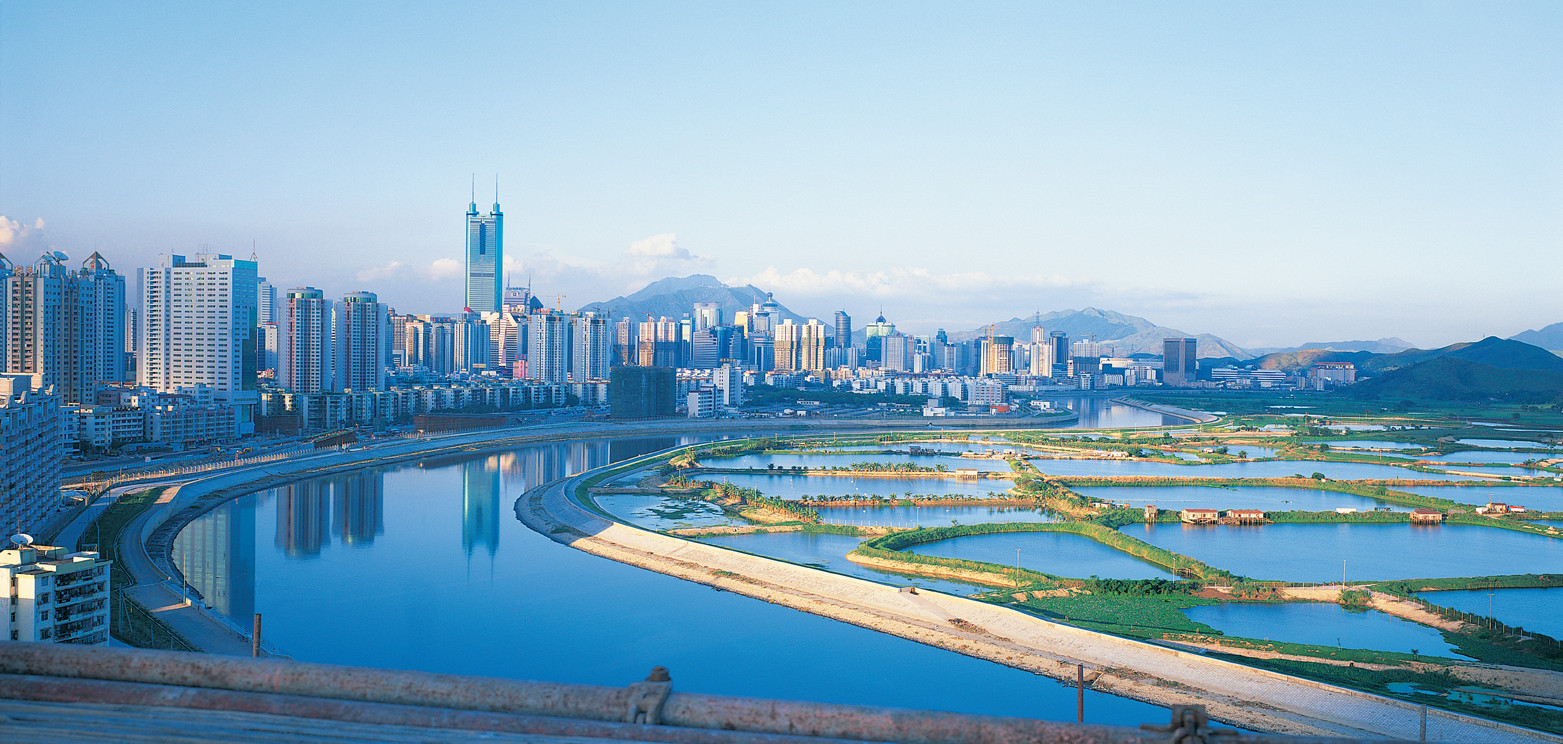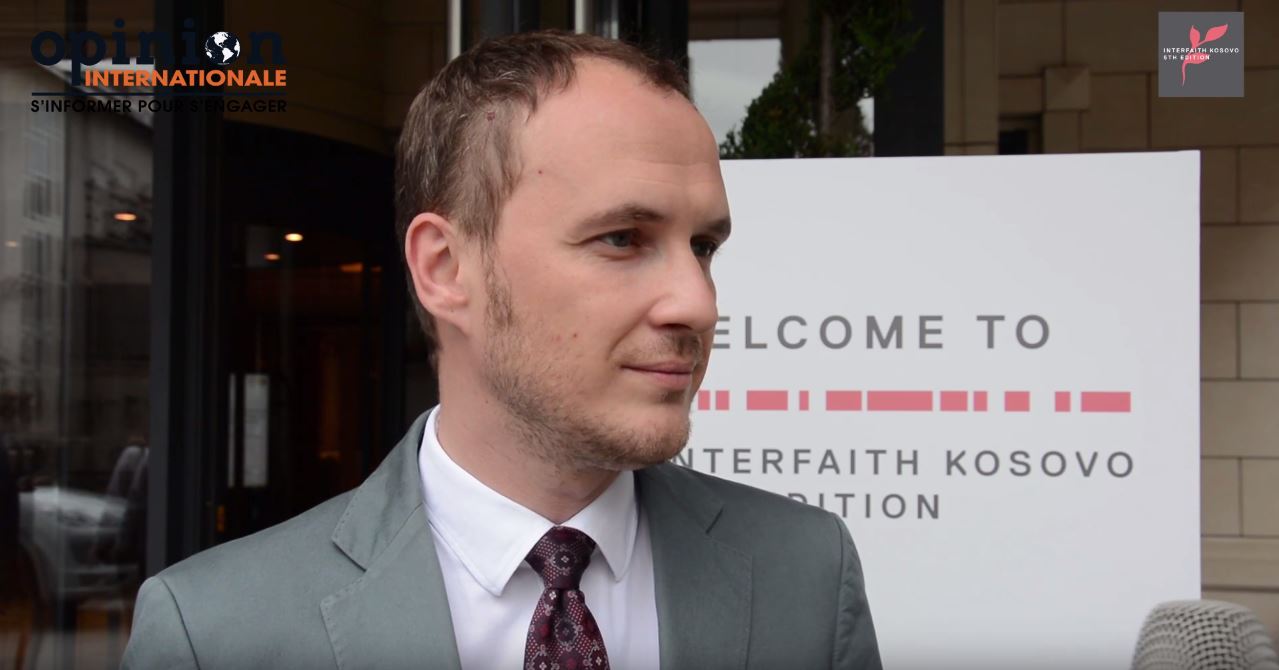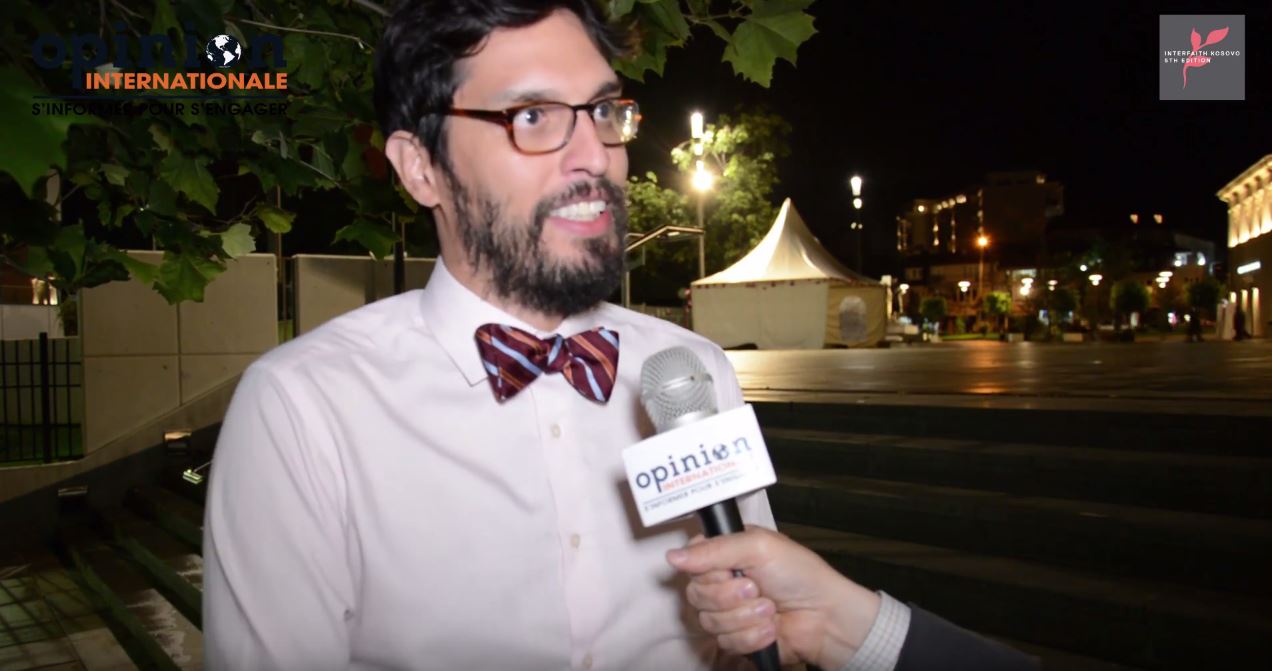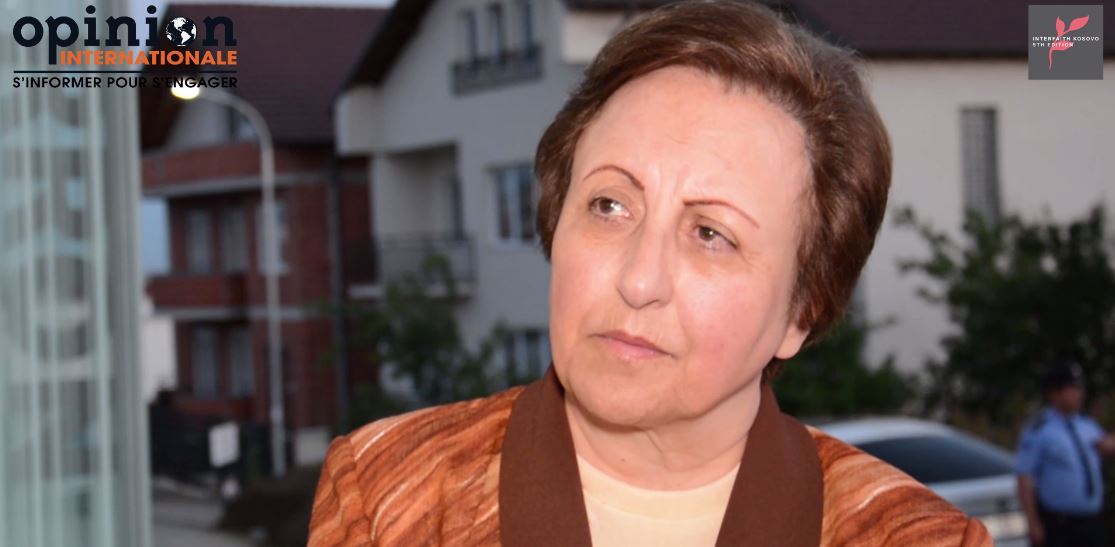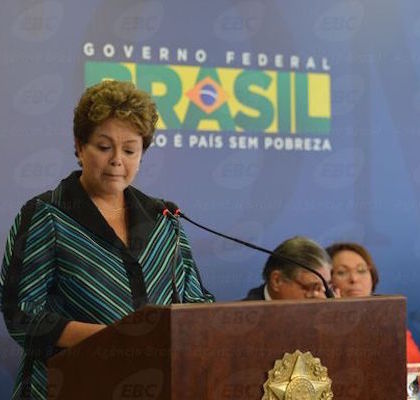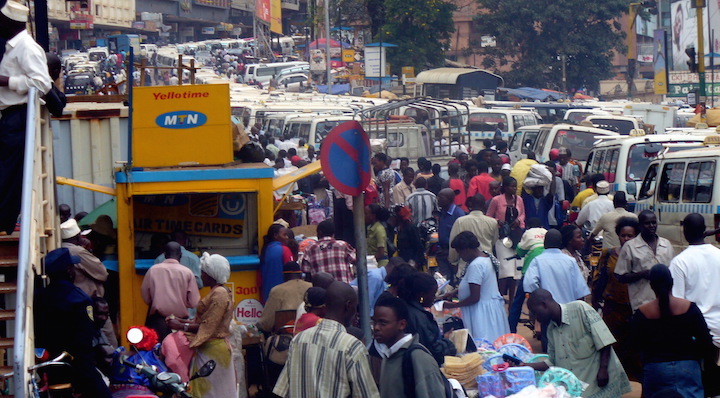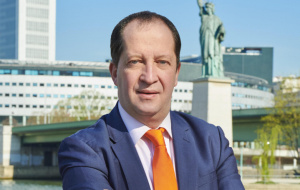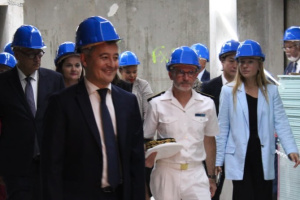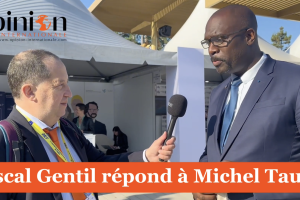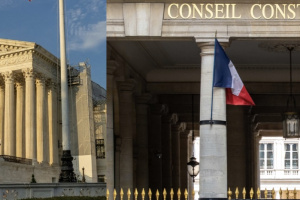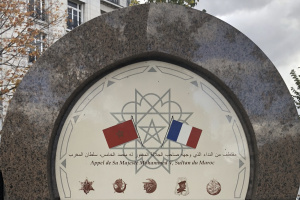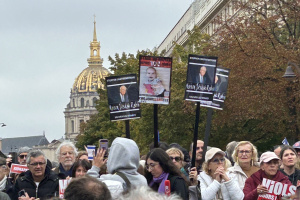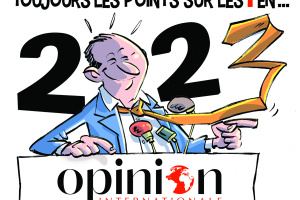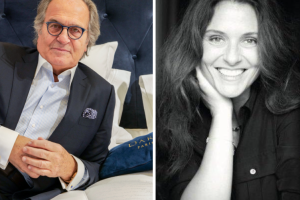China’s rapid growth comes with a growing population influx to all its cities, making urbanization an enormous environmental, social and economic challenge. Huang Weiwen, a Chinese urbanization specialist and member of the Shenzhen delegation to the UNESCO Creative Cities Conference, explains how Chinese cities, and particularly Shenzhen, can address those challenges and how innovation is part of the solution.
Is there a Chinese concept of « cities of tomorrow »?
This is a sharp question. Needless to say, every society and every individual nurtures a prospective for the future. Confucius, already a century before Plato’s Utopia, had outlined a harmonious society where people led an ordered and happy life, and at the same period, a Chinese encyclopedic work « Zhouli » portrayed the ideal layout of a royal city.
In the last 30 years, Chinese urbanization has taken its theoretical roots in the western utopian concepts of urbanization, taking inspiration from examples such as Ebenezer Howard’s « garden city » or Le Corbusier’s « glorious city ». However, western concepts and practices, sometimes simplistic and definitely car-dominated, have brought a great deal of problems to Chinese urbanization, especially in the urban structure, where it has produced cumbersome, fixed and discordant city layouts. And the continuously degrading air quality has only made things worse: cities are becoming unlivable.
This is why an increasing number of Chinese cities are exploring and investing in low-carbon and sustainable development models. Even if the number of researchers and practitioners exploring the « city of tomorrow » concept still remains small, the idea of sustainable development is definitely emerging in China: the physicist Qian Xuesen started advocating the « landscape city » twenty years ago; the Chinese Ministry of Construction official, Qiu Baoxing, recently proposed a new model of Chinese urbanization where economic development and environmental protection are of equal importance; the Chinese real estate developer, Feng Lun, has devised a « Great City » concept which is « green, relational, economical, all-encompassing and technological ».
For our part, at the UNESCO Creative Cities Conference, we shared the concept of MGC (Multiple Ground City) put forward by the Shenzhen Centre for Design. This is a new urban development model to get the urban green transport system off the ground (including a sky rail train and making room for bicycles and pedestrians), as well as improve municipal facilities and everyday city life. Differing from traditional urbanization models, which largely depend on ground or underground systems, this new implementation could avoid the destruction of the ecosystem and the land. Multiple Ground City attempts to address the issue by asking, on one hand, how could nature and urban development coexist symbiotically and, on the other, if it is possible for mankind to return long-occupied ground to its natural state?
In which aspects does Shenzhen distinguish itself from other large cities in China?
Firstly, Shenzhen is a young city. Originally a village called Bao’an, it developed and became a city in 1979, and a Special Economic Zone in 1980 (Deng Xiaoping created this designation in 1980).
Secondly, Shenzhen is known for its rapid growth. Its GDP has increased by 3500 times in merely 35 years, with an average annual growth of 30% – from 270 millions to 951 billions RMB (yuans). And its population is 30 times larger than in 1979.
Shenzhen is also an immigrant city. The resident population in Shenzhen has increased from 340 thousand to more than one million. Immigrants count for more than 95% of the population of this city, and have been a great driver for the local economy.
Moreover, Shenzhen is known for its high-technology. In its 20 years of industrial development, Shenzhen has been the cradle of world-known high-tech companies such as Tencent, Huawei or ZTE, and these enterprises have, in turn, attracted a growing number of talents.
Finally, Shenzhen is known as a « capital of design ». The rapid development of this city has offered a great opportunity for designers in various industries such as urbanization, architecture, graphic design, etc. Shenzhen is also the first city to have gained the UNESCO awarded title of « capital of design ».
Shenzhen is known for its high-technology production hub. To what extent has technology influenced Shenzhen’s urbanization?
Not only has high-technology provided an efficient development model for Shenzhen, but it has also enhanced the city’s competitiveness, both in terms of technology and human resources. The development of high-technology also plays an important role in the industrial and architectural transformation of the city. Huaqiang Noth, for example, has developed from an electronic processing factory into one of the most important R&D and wholesale distribution centers, and Shenzhen Huaqiang Holdings, sponsor of the UNESCO Conference, also started off as an electronic processing company.
Are there any emblematic examples of creative design or architectures in Shenzhen?
It is a miracle that Shenzhen has developed into a metropolis without the ills usually accompanying urbanization. Innovative design has definitely and greatly contributed to Shenzhen’s successful model. Shenzhen, from the inception, has been planning a linear urban structure growth that prevents urban sprawl. Observing the development of its close neighbor, Shenzhen has also adopted some of Hong Kong’s efficient urban planning strategies.
Shenzhen is also the first city in China to create an urban design management department that has conducted a great deal of urbanization related researches. Shenzhen’s biennale of urbanism and architecture is another platform where innovative ideas on urbanization are exchanged. Meanwhile, we are witnessing a growing number of young and innovative urban architects interested in creative urban research. Compared to the existing « iconic » architecture and design, the emergence of these innovative institutions could even more demonstrate the capability this city has for innovation.
Mehri Madarshahi, co-organizer with UNESCO of the conference on the future of sustainable cities, describes the way we should conceive cities in the future: Creative cities: « We need to fundamentally change our way of thinking »





